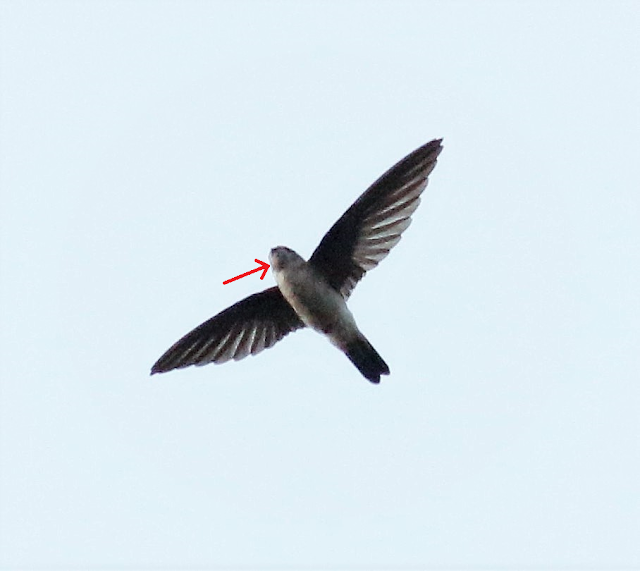The gist of bird watching from the very beginning is all about identifying accurately the birds we see. Some even went a step further by studying their poo/pellets. Bird watching is also unlike looking for "pikachu"/"pokemon". We do not have any apps to look for the birds especially those called vagrants. In identifying the birds we see, there are several methods which one could use. Some do it by taking notes, some thru sketching while some just rely on their photographic memory. I usually use photographic evidence and then compare the info with some well established field guides. Of course at times, i would still refer the info to the birding experts/gurus. That way ones' sightings can be more accurate and credible. Scientific evidence like MtDNA analysis would be the final frontier in confirming them especially the more difficult ones but that is beyond the means for most of us and is time consuming for citizen science.
Recently while on a usual bird watching trip up north, i came across what i believe could be two Grey-capped Woodpeckers or what locals called them "Belatuk Kecil Ubun Kelabu" (Allen J & A. Pearson, 2012). The location of sighting was on an almost dead tree near the town of Semiling. To differentiate them from the quite similar "Sunda Woodpecker", i have relied on these two prominent features:
i) Grey Crown
ii) Absence of / less distinctive dark malar stripe
As compared to 'Sunda Pygmy Woodpecker', its overall colors are darker even when in bright daylight.
The taxonomy status of this woodpecker species is still in the state of flux. Currently it has 3 scientific names given:
i) Dendrocopus canicapillus ii) Picoides canicapillus & iii) Yungipicus canicapillus
HBW and BirdLife International apparently uses # (ii).
The crown is black but it is certainly not brownish for a Sunda Woodpecker. Here you can also noticed that the malar strip is not as distinctive as in a Sunda Woodpecker.
Here are more photos showing its prominent features:
As compared to 'Sunda Pygmy Woodpecker', its overall colors are darker even when in bright daylight.
The taxonomy status of this woodpecker species is still in the state of flux. Currently it has 3 scientific names given:
i) Dendrocopus canicapillus ii) Picoides canicapillus & iii) Yungipicus canicapillus
HBW and BirdLife International apparently uses # (ii).




















